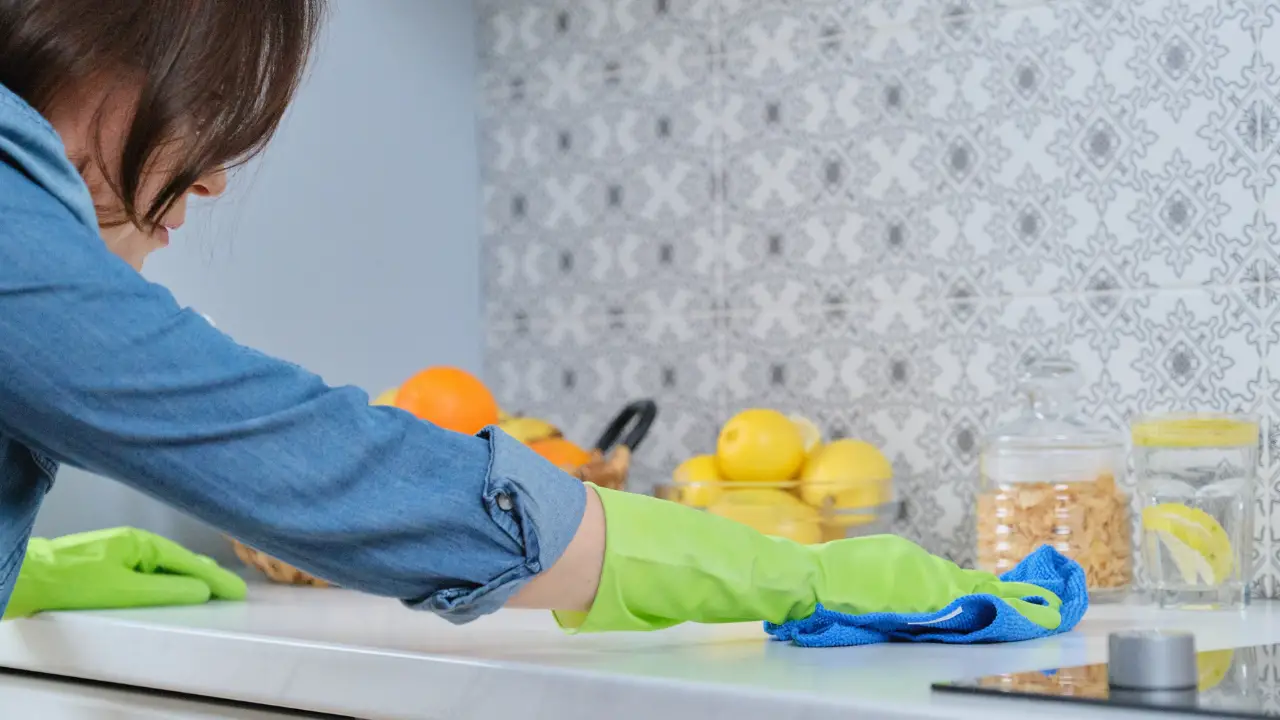Every month maybe? How about once every six months? Or maybe not bother washing it at all? Yes, believe it or not, some people never wash their duvet, and pillows are often thrown out and replaced without ever going anywhere near a washing machine.
Duvets and pillows play a crucial role in ensuring a good night’s sleep. Not only do they provide comfort and support, but they also protect against allergens and dust mites. However, to ensure that they continue to serve their purpose, it is important to clean and maintain them regularly. In this article, we will guide you through the process of how often to wash your duvet and pillows, and provide tips for proper care.
Table of Contents

How often should you wash your duvet and pillows?
Duvets and pillows can accumulate dust, dead skin cells, and other allergens over time. To keep them fresh and hygienic, it is recommended to wash them at least once a season or every six months.
However, if you have allergies or sensitive skin, you may need to wash them more frequently.
The reason why it is recommended to wash duvets and pillows regularly, such as once a season or every six months, is due to the accumulation of allergens, dust mites, and sweat over time.
- Allergens: Duvets and pillows can attract allergens such as pollen, pet dander, and dust particles. Regular washing helps remove these allergens, reducing the risk of allergies and respiratory issues for individuals who are sensitive or prone to allergic reactions. Read more about reducing allergy symptoms in the home.
- Dust mites: Dust mites are microscopic organisms that thrive in warm and humid environments. They feed on dead skin cells and can accumulate in bedding, including duvets and pillows. Washing at regular intervals helps eliminate dust mites and their waste, which can trigger allergies and asthma symptoms.
- Sweat and body oils: During sleep, our bodies naturally release sweat and oils. Over time, these substances can penetrate into the fabric of duvets and pillows, leading to an unpleasant odor and the potential for bacterial growth. Regular washing removes sweat and body oils, keeping the bedding fresh and hygienic.
By washing duvets and pillows regularly, you will maintain a clean and comfortable sleep environment while reducing the presence of allergens, dust mites, and unpleasant odors. It promotes better sleep quality and contributes to overall hygiene and well-being.
How to Clean Your Duvet
Duvets can be machine washed, but it is important to follow the care instructions on the label. Most duvets can be washed in a front-loading washing machine on a gentle cycle, using a mild detergent. Do not use fabric softeners, as they can leave a residue that may cause irritation to sensitive skin.
After washing, hang your duvet out to air-dry, or put it in a dryer on a low heat setting. Make sure to fluff the duvet regularly to distribute the filling evenly and prevent clumping.
You may also like 📖
How to Clean Your Pillows
Pillows can also be machine washed, but it is important to follow the care instructions on the label. Most pillows can be washed in a front-loading washing machine on a gentle cycle, using a mild detergent. Do not use fabric softeners, as they can leave a residue that may cause irritation to sensitive skin.
After washing, hang your pillows out to air-dry, or put them in a dryer on a low heat setting. Fluff your pillows regularly to maintain their shape and prevent flattening.
Tips on how to handle stains or spills
- Act quickly: If a spill or stain occurs, it’s important to address it as soon as possible. The longer a stain sits, the harder it may be to remove.
- Blot the stain: For liquid spills, gently blot the stain with a clean, absorbent cloth or paper towel. Avoid rubbing the stain, as it can cause it to spread and penetrate deeper into the fabric.
- Use mild detergent: For fabric stains, mix a small amount of mild detergent with water to create a soapy solution. Apply the solution to the stained area and gently blot or dab it with a cloth. Test the detergent on a small, inconspicuous area first to ensure it doesn’t cause any discoloration or damage.
- Spot clean: If the stain is localized, focus on treating the specific area rather than washing the entire pillow or duvet. This can help prevent unnecessary wear and tear.
- Follow care instructions: Always refer to the care instructions provided by the manufacturer. They may have specific recommendations for stain removal or spot cleaning techniques based on the type of fabric or filling used.
- Dry cleaning: If the care instructions indicate that the pillow or duvet is dry clean only, it’s best to take it to a professional cleaner for stain removal. Avoid attempting to clean it yourself, as it could potentially damage the item.
- Professional cleaning services: In some cases, it may be necessary to seek professional cleaning services for heavily stained or delicate pillows or duvets. They have the expertise and specialized equipment to effectively clean and treat different types of stains.
Tips for Proper Care of Your Duvet and Pillows
- Protect your duvet and pillows from dirt and dust by using a duvet cover and pillowcases.
- Avoid exposing your duvet and pillows to direct sunlight, as this can cause fading and discoloration.
- Store your duvet and pillows in a cool, dry place when not in use.
- Vacuum your duvet and pillows regularly to remove dust and other allergens.
How to Extend the Lifespan of Your Duvet and Pillows
- Regular cleaning: As mentioned earlier, regular cleaning is essential for maintaining the cleanliness and hygiene of duvets and pillows. Follow the recommended washing instructions and clean them at least once a season or every six months to remove allergens, dust, and sweat. This helps prevent the buildup of odor-causing bacteria and keeps them fresh.
- Use protective covers: Invest in high-quality duvet covers and pillowcases to protect your duvet and pillows from stains, spills, and general wear. These covers act as a barrier, reducing the direct contact of oils, sweat, and dirt with the bedding, thus extending their lifespan.
- Fluffing and reshaping: Regularly fluff and reshape your duvet and pillows to maintain their loft and support. This helps distribute the filling evenly and prevents them from becoming flat or lumpy. Fluffing also helps retain their original shape and extends their usability.
- Proper storage: When not in use, store your duvet and pillows in a cool, dry place to prevent moisture buildup and the growth of mold or mildew. Avoid storing them in plastic bags, as this can trap moisture. Instead, use breathable storage bags or containers that allow air circulation.
- Avoid excessive compression: Avoid placing heavy objects on top of your duvet or pillows for extended periods, as this can compress the filling and reduce their fluffiness and support. Properly fluff and reshape them after use to restore their loft.
When to Consider Replacing Your Duvet and Pillows
- Loss of support or comfort: Over time, duvets and pillows may lose their ability to provide adequate support or comfort. If you find that your duvet feels flat, or your pillow no longer provides the desired loft or support, it may be time to consider replacing them for a better sleep experience.
- Visible wear and tear: Inspect your duvet and pillows for signs of visible wear and tear, such as frayed edges, thinning fabric, or leakage of filling material. If they are significantly deteriorated or damaged, it’s advisable to replace them to ensure your sleep environment remains hygienic and comfortable.
- Allergies or sensitivities: If you develop allergies or sensitivities that seem to be aggravated by your duvet or pillows, despite regular cleaning, it may be an indication that the bedding has accumulated a significant amount of allergens or dust mites. In such cases, replacing them with hypoallergenic options or fresh bedding can help alleviate symptoms.
- Lifespan: Duvets and pillows have a typical lifespan ranging from 3 to 10 years, depending on their quality, usage, and maintenance. If your bedding has exceeded its expected lifespan or is no longer performing optimally, it’s a good idea to consider replacing them for better sleep quality and hygiene.
Don’t hesitate to invest in high-quality bedding, as it will pay off in the long run by providing a more comfortable and hygienic sleep environment. Happy sleeping!




